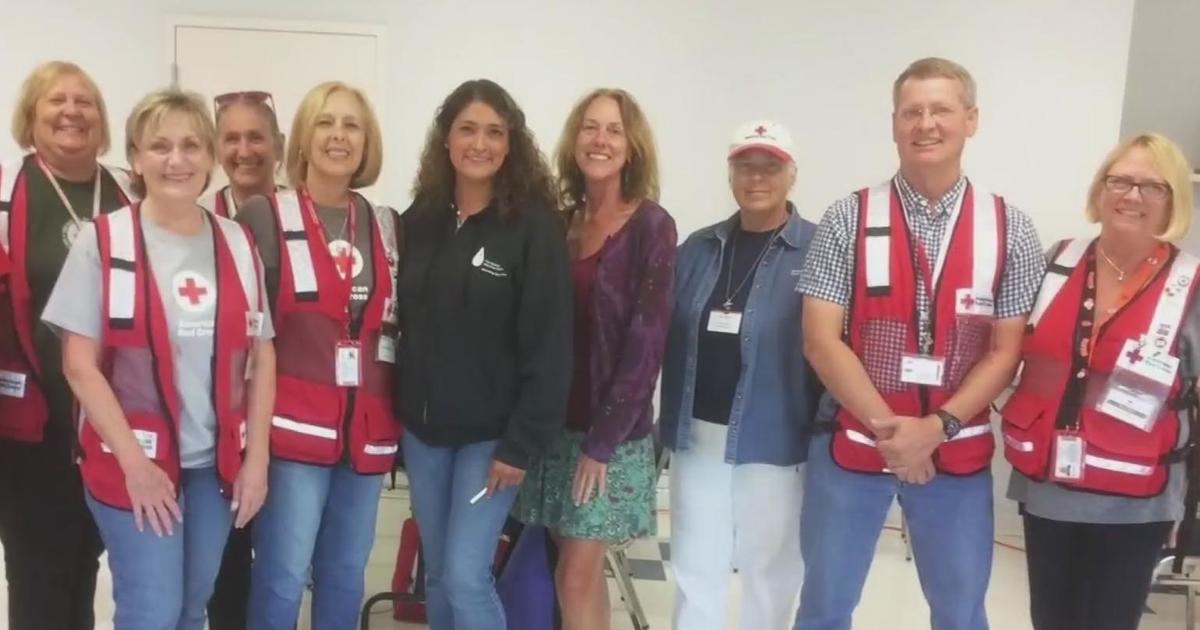Wildfire Season: Animal Rescue Groups Urge Bay Area Residents To Prepare For Pet, Livestock Evacuations
SAN FRANCISCO (BCN) -- As fire season begins, animal rescue groups recommend that Bay Area residents include their furry friends in household emergency drills and evacuation plans.
A great first step is to prepare a carrier with supplies like leashes, medications, ample food and portable bowls. Without proper transportation equipment, nervous pets can easily get loose when an owner stops for gas or settles in an unknown area.
Michelle Hurst, moderator of the community-led rescue page California Wildfire Pets on Facebook, works to reconnect pets with their owners during wildfire season, with the most frequent cases she encounters being cats.
To prevent animals from taking off in high-stress situations, she recommends that owners fasten a harness or two leashes on their dogs, and to put their cats in a carrier or a pillowcase if there's no other option during evacuation.
"A lot of times, people don't have their carrier, so they grab the cat in their arms and try to get from the house to the car," Hurst said. "The cat's freaked out because they can feel that you're upset, your adrenaline is going 90 to nothing ... any noise can freak them out and they're going to claw you and take off."
The more practice an animal has with loading into a carrier -- or a trailer, for livestock -- the less stressful it will be to move them quickly, and the less likely they will run loose. Saanen Kerson, vice president of the Napa Community Animal Response Team, recommends practicing the process of moving animals into vehicles to prevent this from happening.
"If you have dogs and cats in your home, we recommend just crating them up, put them in the car once a month, just drive them around town for a little bit and then bring them back home," Kerson said. "That way, it kind of just normalizes the situation to them. They're used to going in their carriers and they just know that, well, dogs and cats do that sometimes."
For a dog who loves car rides, preparing for evacuation can be a breeze, but for pets who are older, have medical conditions or are more nervous, they may need some practice.
Training can also increase the chances of a success in those worst-case scenarios, when humans evacuating their homes must leave animals behind. This is especially true for livestock, Kerson said. One of the most difficult situations that evacuation volunteers run into is corralling groups of livestock that aren't trained to load into trailers.
"If we're called out to a site and we have to run around in a field trying to catch a horse, we're under time pressure to keep moving and being in the middle of an evacuation is not training time," Kerson said. "There's not really the time to stop and teach an animal everything it needs to know about trailer loading."
Sometimes, as in the case of chickens or feral barn cats, animals must stay behind. But they can be safe at home while their owners are evacuated, so long as the space is cleared of burnable vegetation and there's open food and water available.
During the two evacuations in Napa County last year, Kerson said her team was responsible for checking in on those animals while owners were still required to stay away.
"We had hundreds of animals out in the field, where they were safe. The fire had passed, and they were OK, but their owners just couldn't get back in yet because they were still under mandatory evacuation. We were caring for those animals as well until those evacuation orders lifted," Kerson said.
The bottom line? "Evacuate early, even if you're not sure if it's even necessary," Kerson said. "If you feel unsafe, go. Take your animals, go early, have plans."
© Copyright 2021 CBS Broadcasting Inc. and Bay City News Service. All Rights Reserved. This material may not be published, broadcast, rewritten or redistributed.



